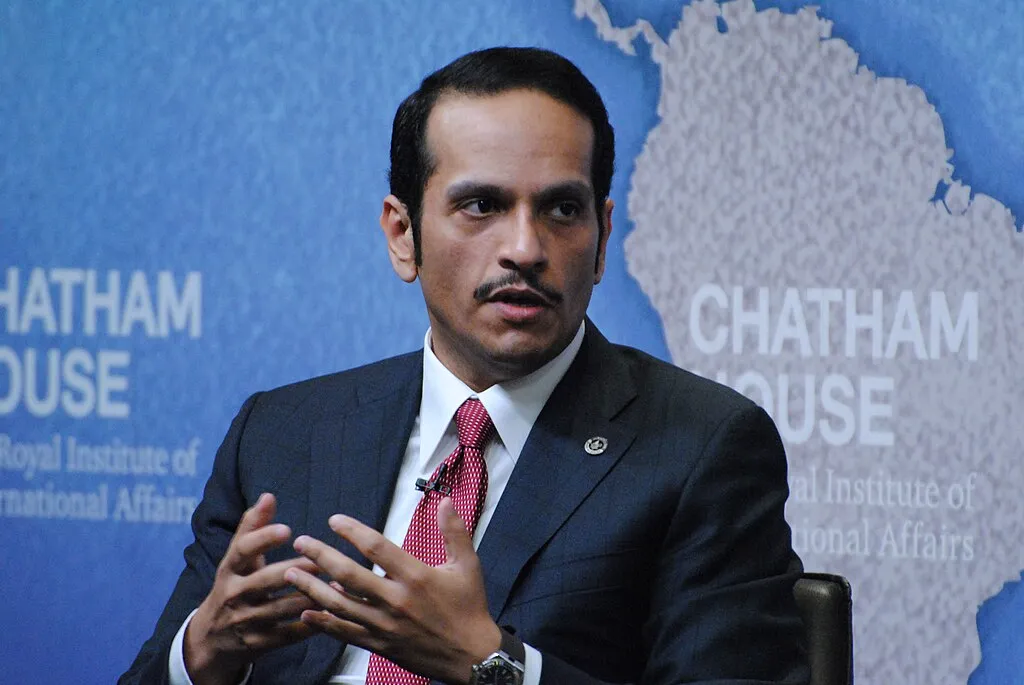President Vladimir Putin travelled to the Far Eastern city of Anadyr on the Northern Pacific coast, to discuss the issues of Russia’s planned Siberian development program. Given weather conditions, Putin took a sled from the airport to the city. There he met with the Governor of the Chukotka Autonomous District Vladislav Kuznetsov, and with the residents of Anadyr. Chukotka is the Russian district facing the Bering Strait. They aired and discussed many of the problems faced by the citizenry, including problems of transportation in this ice-bound region, economic issues, and social issues facing the population. Much of the activity centers around mining, primarily copper, tin, and gold. There was also discussion of the problems facing the fishing fleet.
Work is progressing in linking the region to the Baikal Amur Mainline railroad.
The issue of having weekly air travel was also broached. Presently the citizens can travel by air once every couple of weeks, but Putin agreed to have a weekly service. There was also a question of having direct flights to other cities in the Far East, rather than traveling to other cities through Moscow, which is now the case.
Putin also visited a greenhouse in Anadyr. Getting a sufficient supply of vegetables during the winter months has been problematic, and frozen vegetables have had to be brought in from other parts of the country. A major greenhouse development would enable them to have fresh vegetables produced even during the winter season. Putin also discussed the issue of child support as people are being encouraged to have three or more children in order to overcome the demographic crisis in the region and in the country
Putin had originally been scheduled to travel further inland to Yakutia, but the weather prevented that from occurring. He then traveled to Khabarovsk, near the Chinese border, for discussions with the mayor and with entrepreneurs in the region. The trip is a clear fact-finding mission for the President, given the determined effort to build up infrastructure in the Far East. It also clearly served to instill confidence in the authorities and the local population that the country is committed to providing for their needs in what is otherwise a rather inhospitable region, in order to encourage people to remain in the region as well as to encourage further migration from other parts of the country.




